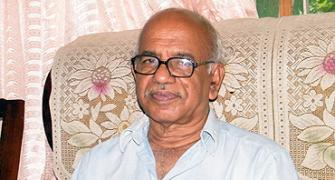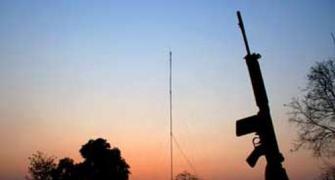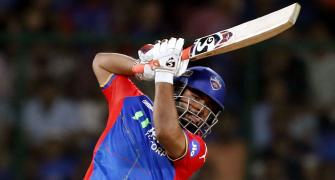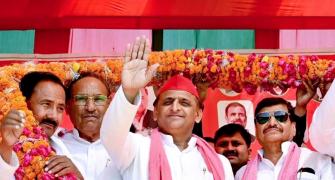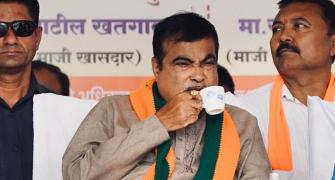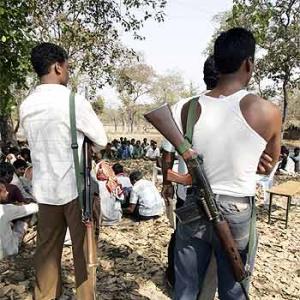According to a report by the National Bomb Data Centre, a total of 337 blasts of various kinds were reported last year, an increase from 268 in 2015.
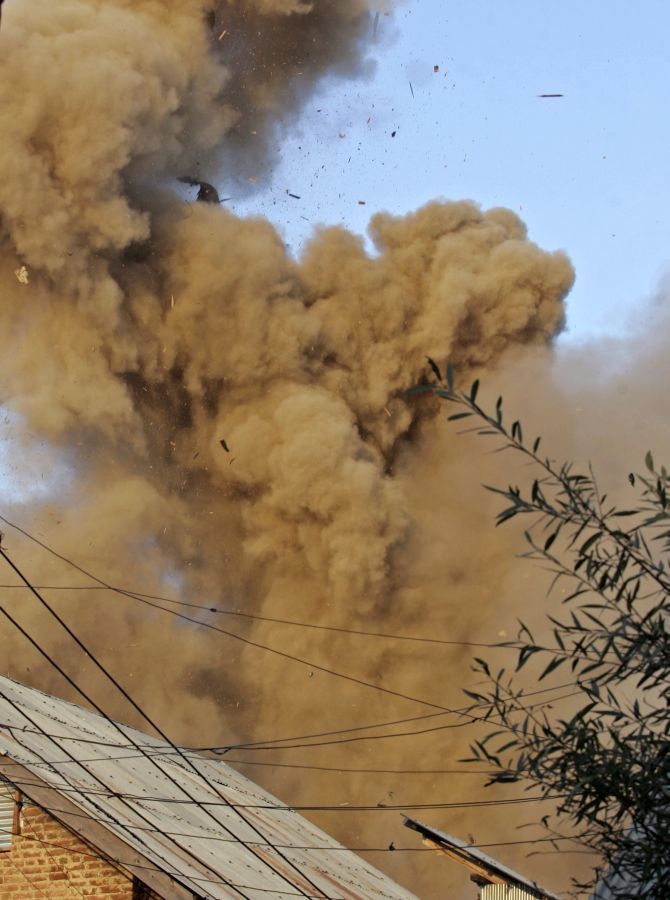
Naxalite groups continue to be “lethal and resolute” in terms of using improvised explosive device and other technology devices to perpetrate bloodshed and have caused maximum deaths of security personnel and civilians last year.
According to a report prepared by the National Bomb Data Centre of the federal counter-terror force National Security Guard, there was a 26 per cent increase in IED blast incidents in 2016 as compared to 2015 and human causalities have increased by 3 per cent in the same period.
As many as 112 deaths due to explosive blasts were reported in the country last year, with the maximum of 73 coming from the Left Wing Extremism theatre, 14 from the insurgency-hit areas of the Northeast, five from Jammu and Kashmir and 20 from the rest of the country.
“LWE-hit states accounted for 65 per cent of total fatalities (73 personnel), while other states accounted for 35 per cent. The higher fatalities ratio in the LWE-hit states indicate that the Maoists are lethal, resolute, aggressive and well-adapted to the jungle terrain,” according to the report, published last week.
The “high rate of causalities have been caused by explosion of high-intensity IEDs”.
-- Wanted: A coherent plan to handle the Maoists
A total of 337 blasts of various kinds, including IEDs and other bombs, were reported last year that injured 479 people across the country, the report said, adding the corresponding figure for 2015 was 268 and 457, respectively.
The report also reveals that in 2016, 83 per cent of all IED blasts were triggered by the Naxals and other ultras using “high explosives”, which is a cause for concern.
“More than 80 per cent of blast incidents, which took place in LWE-hit areas and Northeastern states, involved high explosives,” it said.
The NBDC of the NSG, which is the nodal post-blasts investigation organisation of the country, assessed that “high explosives are the most preferred form of explosives used by the Maoists/insurgents/extremists to inflict heavy causalities on the targeted people/security forces or properties”.
The report added that apart from tracking the source of supply of high explosives to the Maoists, banning electrical detonators for commercial purposes may also yield results in curbing its abuse.
The NBDC report, shared with all security, police and intelligence agencies of the country, also states the “most preferred targets” of the Maoists, insurgents and terrorists last year were members of the public and security forces.
-- What the govt and Maoists should do to save lives
“In 2016, there has been an increase in the incidents, where specifically security forces were targeted,” it said, adding it has been assessed that “in the last five years,
terrorists have targeted the common populace more over the security forces which clearly indicates that terrorists prefer to engage the softer target”.
Out of the total 337 bombing incidents last year, 55 per cent were suffered by the common public followed by 37 per cent by the security forces, only 7 per cent by VIPs and 27 per cent were categorised as accidental.
At least 10 Indian states are hit by LWE and security agencies on ground accept that IED blasts continue to be the biggest threat to the safety of their men and resources as Naxals prefer such explosions over one-to-one gunbattle.

